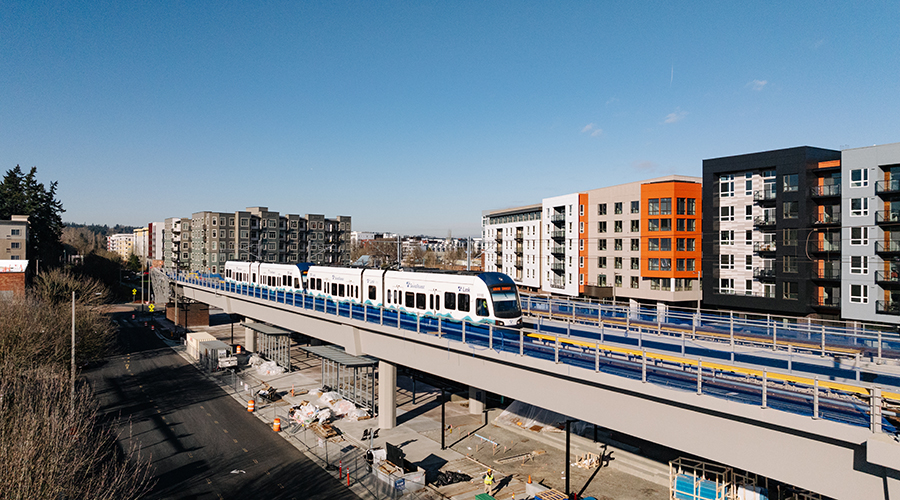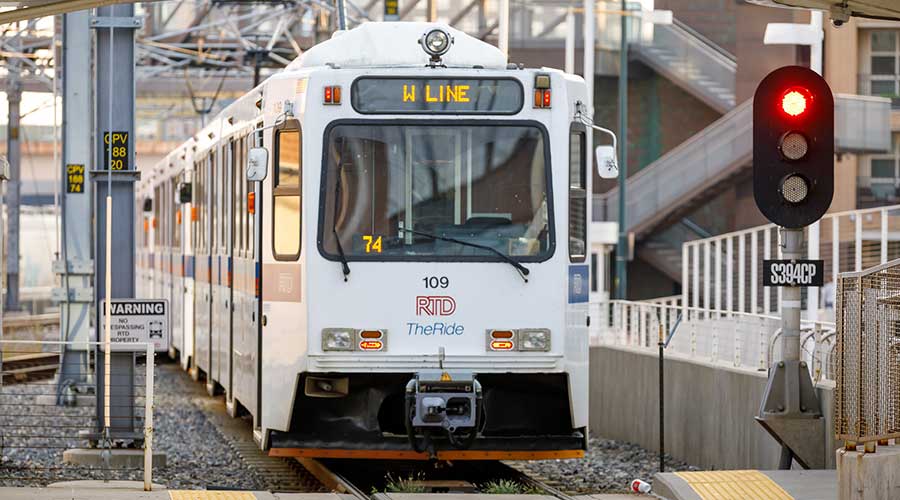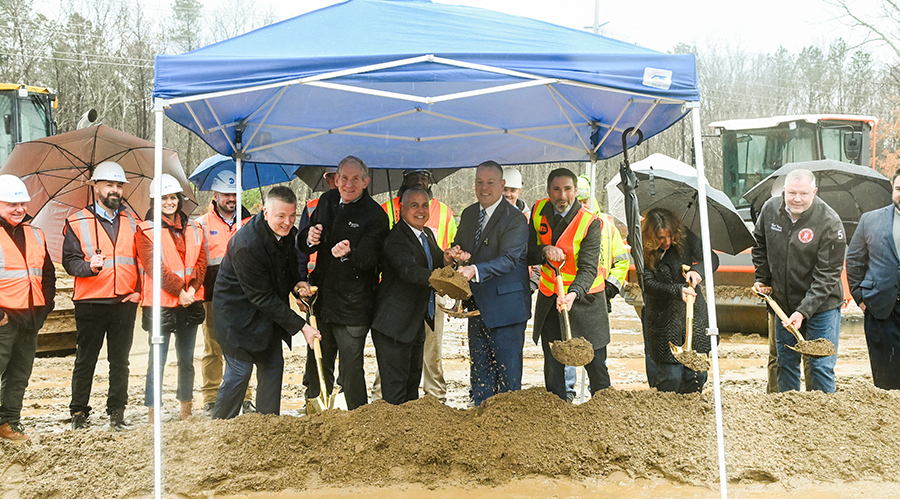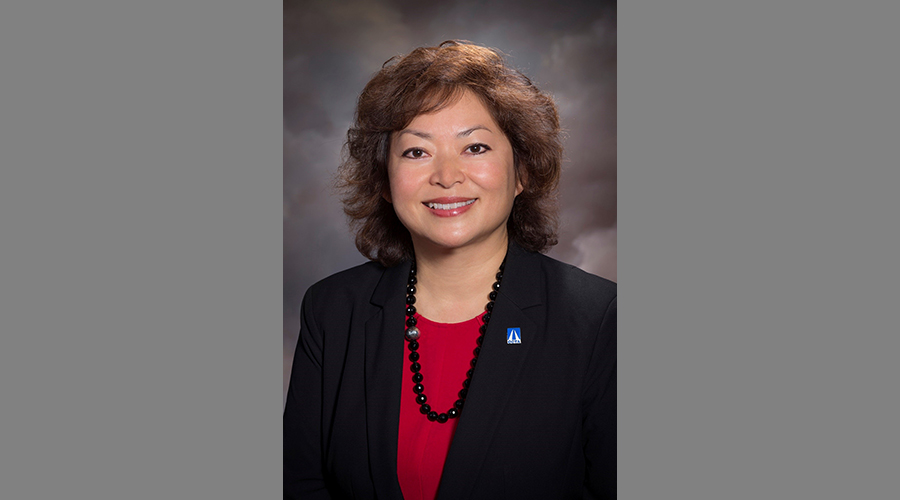Stay updated on news, articles and information for the rail industry
 railPrime
railPrime
7/24/2014
Rail News: Federal Legislation & Regulation
USDOT proposes rulemaking to enhance crude-by-rail safety
The U.S. Department of Transportation (USDOT) yesterday released details on a Notice of Proposed Rulemaking (NPRM) and Advanced Notice of Proposed Rulemaking (ANPRM) that aim to improve the safety of transporting large quantities of flammable materials by rail, particularly crude oil and ethanol.
The NPRM proposes enhanced tank-car standards, a classification and testing program for mined gases and liquids, and new operational requirements for high-hazard flammable trains (HHFT) that include braking controls and speed restrictions. Within two years, older "DOT 111" type tank cars would be phased out under the rule for transporting group I flammable liquids, including most Bakken crude, unless the cars are retrofitted to comply with new design standards.
The ANPRM seeks further information on expanding comprehensive oil spill response planning requirements for shipments of flammable materials.
"While we have made unprecedented progress through voluntary agreements and emergency orders, [the proposed rulemaking] represents our most significant progress yet in developing and enforcing new rules to ensure that all flammable liquids, including Bakken crude and ethanol, are transported safely," said U.S. Transportation Secretary Anthony Foxx in a press release.
Both the NPRM and ANPRM will be open for a 60-day public comment period. The Pipeline and Hazardous Materials Safety Administration (PHMSA) is seeking comments on the definition of a HHFT train carrying 20 or more cars of flammable liquids, including crude and ethanol; a better classification and characterization of mined gases and liquids; a rail routing risk assessment; enhanced braking requirements; and enhanced standards for both new and existing tank cars. PHMSA also requests comments on three proposed speed restriction options for HHFTs: a 40 mph limit in all areas; 40 mph limit in high-threat urban areas; or a 40 mph limit in areas with populations exceeding 100,000.
PHMSA also plans to publish an ANPRM on oil spill response plans, specifically current thresholds and their applicability to rail, in part in response to an National Transportation Safety Board recommendation issued in January.
Although Association of American Railroads (AAR) officials continue to examine the details of the USDOT's proposed rulemaking and plan to comment at a later date, they characterized it as "a much-needed pathway for enhancing the safe movement of flammable liquids in the U.S." in a press release.
"The fact that the proposed rule incorporates several of the voluntary operating practices we have already implemented demonstrates the railroad industry’s ongoing commitment to rail safety," said AAR President and Chief Executive Officer Ed Hamberger. "We look forward to providing data-driven analyses of the impacts various provisions of the proposal will have on both freight customers and passenger railroads that ship millions of tons of goods and serve millions of commuters and travelers across the nationwide rail network every day."
A two-year timetable for phasing out the older DOT-111 cars in most hazardous flammable service is aggressive, but can be achieved through a combination of increased new tank-car production and appropriate retrofit packages for cars that meet a more robust safety standard, Greenbrier Cos. officials believe.
"A final rule will provide the clarity the industry needs to make investments that ensure that crude oil and other flammable commodities are classified properly and transported in tank cars that are safer at any speed," said Greenbrier Vice President of External Affairs and Communications Jack Isselmann in a statement.
Greenbrier officials also are satisfied that two of the three alternate new design standards proposed by the USDOT call for a 9/16-inch thick steel shell, a safety feature that company has consistently championed with its next-generation "Tank Car of the Future" design, which can better withstand the additional demands associated with operating unit trains, he said.
Meanwhile, U.S. Sens. Mark Warner (D-Va.) and Tim Kaine (D-Va.) hailed the proposed rulemaking. Following a CSX Transportation derailment in downtown Lynchburg, Va., in April, they urged Foxx to take action to improve crude-by-rail safety.
The USDOT proposal includes several of the measures the senators recommended, including enhanced tank-car standards and improved communication with local first responders about crude-shipments transported through their communities, Warner and Kaine said in a joint statement.
"Incidents like the oil car derailment in Lynchburg earlier this year demonstrate why ensuring safe transport of oil by rail requires the best technology, close coordination with local communities and quick access to information so first responders know what they are dealing with in a crisis situation,” said Kaine.
U.S. Sen. Heidi Heitkamp (D-N.D.) characterized the rulemaking as a "much needed step" to improve crude-by-rail safety. She has pressed the USDOT and PHMSA to improve safety since a BNSF Railway Co. train derailed in Casselton, N.D., on Dec. 30, 2013.
"I have long said that safety should be everyone’s top priority, and to accomplish that, we need a holistic approach that brings all sides to the table – federal and local governments, and industry," said Heitkamp in a statement. "Part of those efforts also included pressuring DOT to issue updated safety rules, and today, the agency has taken those important steps."
In addition to issuing the NPRM and ANPRM, PHMSA released a report summarizing the analysis of Bakken crude data gathered by the administration and Federal Railroad Administration (FRA) between August 2013 and May 2014. The report states that Bakken crude tends to be more volatile and flammable than other crude oils.
The safety risk posed by transporting Bakken crude by rail is magnified both by an increasing volume of the crude shipped throughout the United States and the large distances over which the oil is shipped, the report found. On average Bakken crude shipments travel more than 1,000 miles.
American Petroleum Institute (API) officials rebutted the agencies' speculation about the characteristics of Bakken crude. The USDOT needs to ensure its regulations are grounded in facts and sound science, and not speculation, API officials said in a statement.
"The best science and data do not support recent speculation that crude oil from the Bakken presents greater than normal transportation risks," said API President and CEO Jack Gerard. "Multiple studies have shown that Bakken crude is similar to other crudes."


 LRW Honors Amtrak’s Acheson As Railway Woman Of The Year
LRW Honors Amtrak’s Acheson As Railway Woman Of The Year
 From Editor-In-Chief Foran: Of Gender Equity And Inclusion
From Editor-In-Chief Foran: Of Gender Equity And Inclusion
 Spotlight On Some Of Today’s Rail Safety Products
Spotlight On Some Of Today’s Rail Safety Products
 Women of Influence in Rail eBook
Women of Influence in Rail eBook








